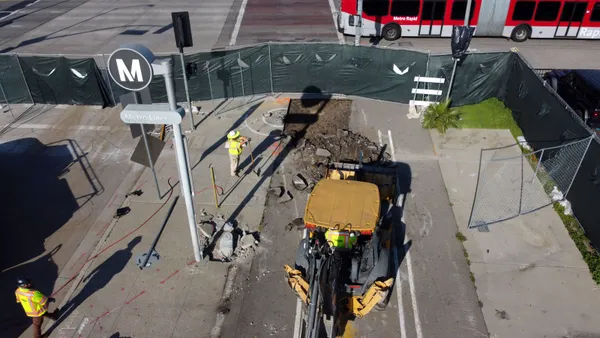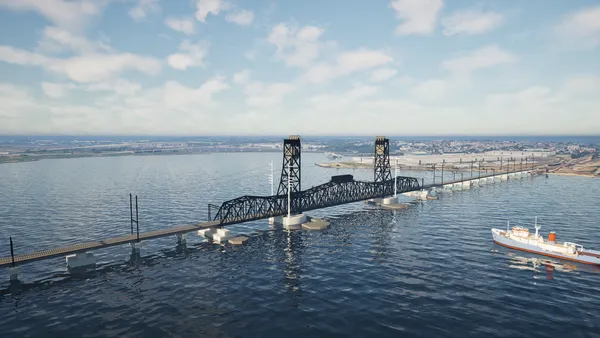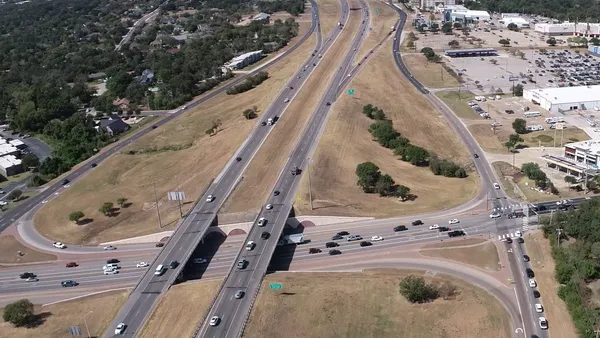Dive Brief:
- The Federal Transit Administration has announced its intention, through a notice in the Federal Register, to implement a new rule meant to remove any barriers that might be preventing private-industry investment in U.S. public transportation infrastructure projects. The new rule, dubbed Private Investment Project Procedures, will go into effect June 29.
- The rule establishes ways for FTA recipients and project sponsors to identify those "regulations, practices, procedures or guidance" that are holding back investment and then seek waivers to those rules, with the exception of those under the National Environmental Policy Act or part of federal law.
- This process, according to the administration, will help it develop ways to increase private-industry involvement and investment in the areas of project planning, development, funding, design, construction, maintenance and operations. The agency said it wants to expedite delivery of projects in a way that will still protect the public. Congress required the FTA to come up with these procedures as part of the Moving Ahead for Progress in the 21st Century Act (MAP-21).
Dive Insight:
The administration is counting on private investment to make President Donald Trump's proposed $1.5 trillion infrastructure program a reality. If the FTA is able to correctly analyze the kinds of waivers that developers and investors are looking for and eliminate the obstacles they represent, it could make execution of the president's agenda much easier.
Many states have not only removed impediments to the kind of public-private partnerships (P3s) that the new federal rule seeks to promote but have actively solicited those arrangements to address their infrastructure needs.
For example, the Virginia Department of Transportation has created a short list of three P3 groups to bid on the $3.6 billion Hampton Roads bridge and tunnel project, which will see construction of a four-lane tunnel and the widening of a portion of Interstate 64. In an unexpected move, however, the group that included Skanska USA Civil Southeast and Kiewit dropped out of the running, citing a desire to pursue other projects instead.
The Honolulu Authority for Rapid Transportation could also be ready to give P3s a whirl in an effort to transfer the financial and operational risks of building the last leg of its $8 billion transit system through downtown. Unmapped utilities, proximity of the line to existing buildings and the chances of uncovering native burial grounds are all factors that promise to push the already over-budget project 5% to 10% higher. Honolulu officials said using a P3 could reduce risk and lower the entire price tag of the project by 2%.













